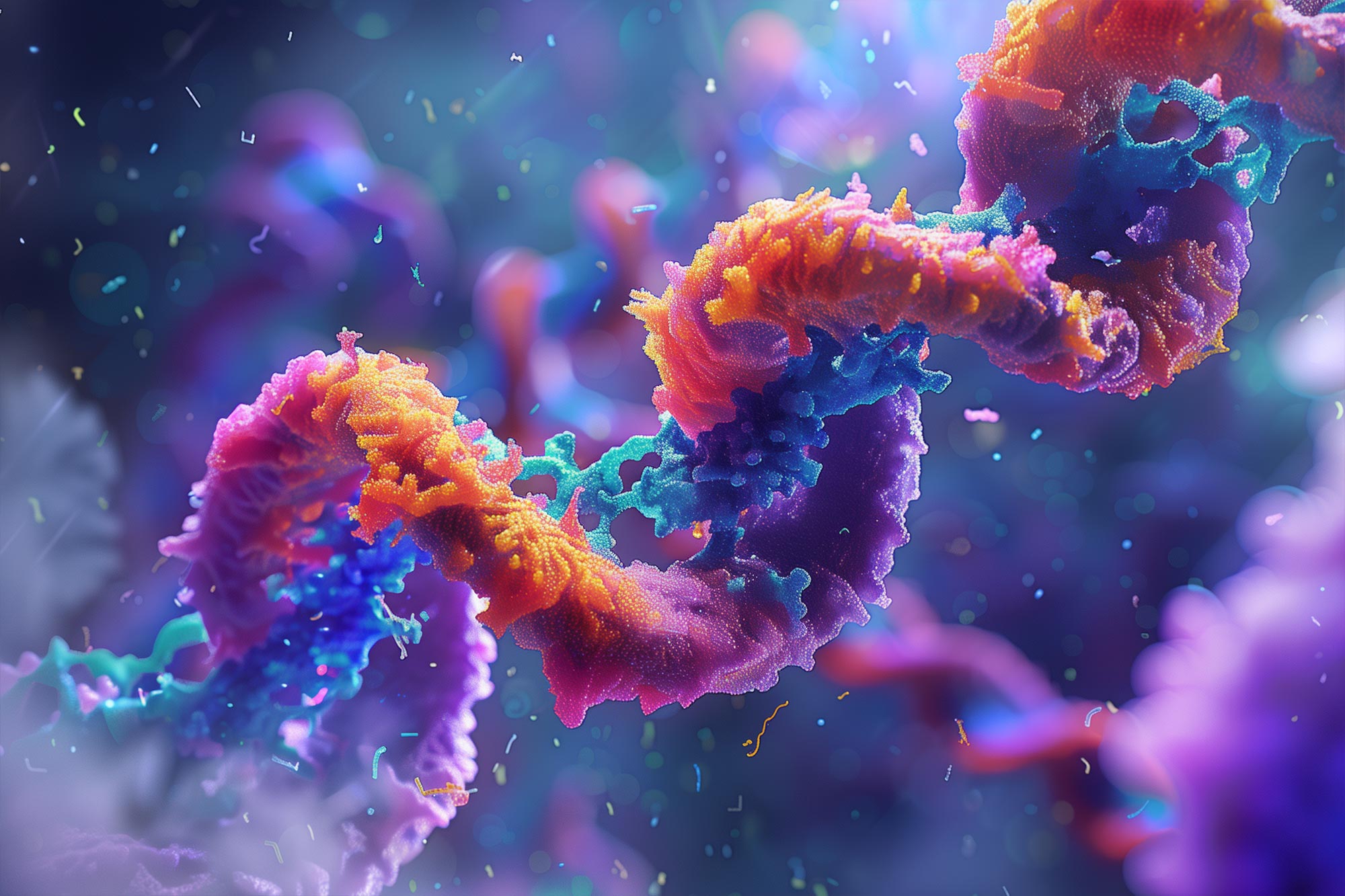Unraveling the Secrets of RNA in the Evolutionary Narrative
Recent findings from the Salk Institute provide substantial support for the RNA World hypothesis by demonstrating the capabilities of an RNA enzyme that accurately replicates and evolves RNA strands. This advancement illuminates the pivotal role of RNA in early evolutionary stages and edges scientists closer to developing RNA-based life forms, offering profound insights into life’s origins and complexities. These discoveries underscore RNA’s critical function in the early biological processes that likely shaped life on Earth.
RNA, a crucial molecular player akin to DNA, is instrumental in genetic coding, regulation, and various biological functions. Unlike its double-stranded counterpart, RNA is single-stranded, consisting of a sugar-phosphate backbone connected to nucleotide bases. This structure enables RNA to perform diverse roles within the cell, from coding genetic information as mRNA to facilitating protein synthesis as rRNA and tRNA, highlighting its versatility and essential role in cellular mechanics.
The Pioneering Research on RNA’s Role in Early Life
The Salk Institute’s recent study, published in the Proceedings of the National Academy of Sciences, marks a significant milestone in understanding the RNA World theory, suggesting that RNA molecules once dominated the prebiotic world, catalyzing chemical reactions and leading to the evolution of complex life forms. The research revealed an RNA enzyme capable of not only replicating RNA strands with high fidelity but also allowing for their evolutionary adaptation, which could mimic early life’s evolutionary processes under simple, pre-cellular conditions.
This groundbreaking research also paves the way for recreating RNA-based life in laboratory settings, enabling scientists to experimentally explore and potentially confirm theories about the origins of life on Earth and possibly other planets. By simulating conditions akin to those of early Earth, researchers can observe firsthand the evolutionary capabilities of RNA, providing a window into the molecular dynamics that may have governed the nascent stages of life.
Implications and Future Directions in RNA Research
The implications of these findings are vast, extending beyond the confines of theoretical biology to practical applications in synthetic biology and medicine. Understanding RNA’s ability to replicate and evolve opens new avenues for biotechnology, where RNA-based systems could be designed to perform specific, customizable functions in medical and industrial applications. Moreover, the study of RNA’s evolutionary mechanisms can inform the development of new therapeutic strategies that harness the natural properties of RNA to treat genetic diseases.
Future research will likely focus on enhancing the fidelity and efficiency of RNA replication in laboratory settings, aiming to create self-sustaining RNA-based systems that mimic natural biological processes. Such studies will not only deepen our understanding of life’s molecular underpinnings but also potentially lead to the development of novel biomaterials and therapeutic agents that could revolutionize medicine and industry.
The exploration of RNA’s ancient language continues to be a fertile ground for scientific discovery, holding the promise of answering some of the most profound questions about life itself. As researchers further decode this molecular language, we edge closer to not only understanding the origins of life on our planet but also potentially harnessing this knowledge to create new forms of life in the lab.
